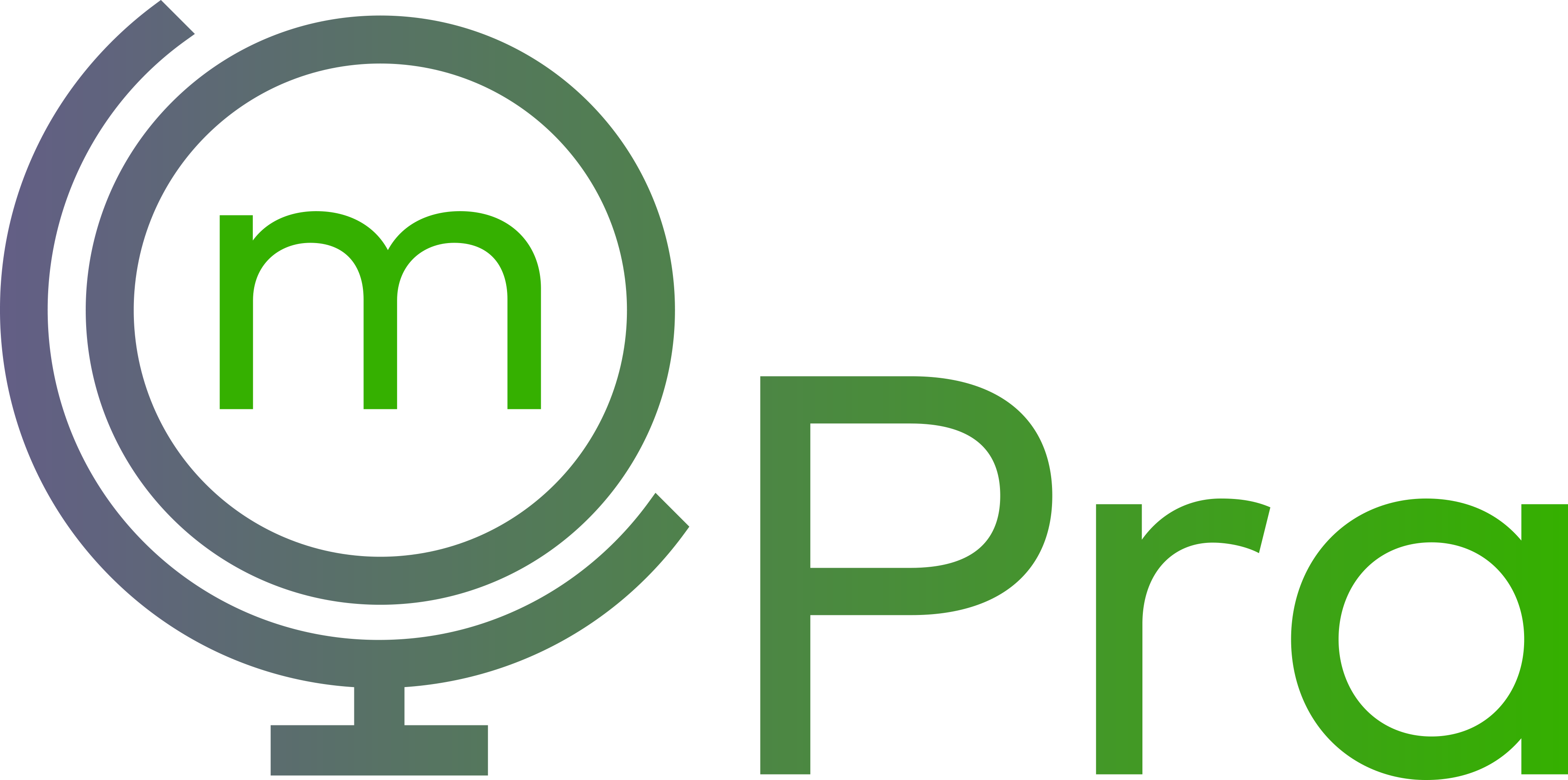
General Aim
Familiarization of students with Gordon’s Active Listening, in order to have peaceful conversations and solve daily matters smoothly.
Learning outcomes
- To distinguish between one’s own accepted and unaccepted behaviors.
- To be able to recognize whose problem it is.
- To use active listening in order to deal with an unaccepted behavior, depending on whose problem it is.
- To be able to communicate in a peaceful manner, avoiding the use of the 12 Roadblocks of communication.
Brief description
This lesson is about ways of finding solutions, in a peaceful manner, which satisfy all interested parties. Information and material are drawn from Dr. Thomas Gordon’s approach who has been nominated six times for the Nobel Piece Award (Gordon, 2011). In order to comprehend and practice conflict resolution properly, students first need to learn how to use active listening, which is a prerequisite for effective conflict resolution.
This is the first of the two lessons in which conflict resolution is divided. Students in this lesson, will become acquainted with active listening and learn when it is proper and effective to use it and how.
General Aim
To reflect and understand the importance of children’s assemblies, decision making processes and communication infrastructure.
Learning outcomes
- Realise the Aptitude to identify the importance of communication infrastructure.
- Improve the ability to evaluate communication infrastructures according to necessities and context. Ability to discover the functions of decision making processes.
- Understand what we can achieve through children’s assemblies.
- Realise how peer governance can promote children’s agency and vice versa.
- Learn how to apply children’s assemblies (representative, direct-democratic and sociocratic).
Brief description
In this course, we explore ways that teachers and children can intervene in the governing of their interaction processes and of their shared resources.
Particularly, we seek to:
- understand the meaning of (infra)structures of communication
- recognise the main features of decision making processes with children
- learn about democratic participation of children and youth in school governance through the educational tool of children’s assemblies.
